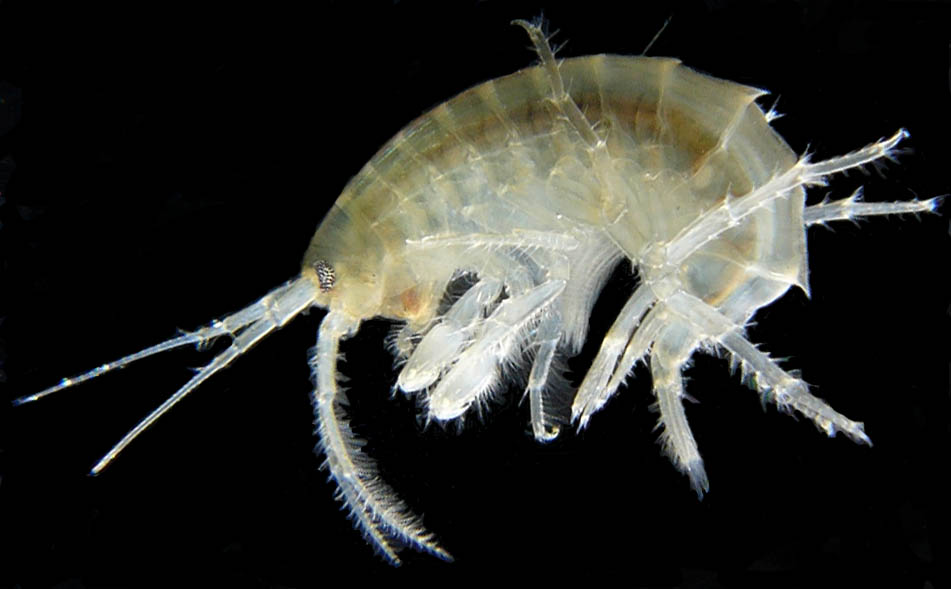Podcast 100 - Too Much to Bear
/The gang celebrates their 100th episode by taking a break and playing Fiasco, a crime/noir storytelling game by Bully Pit Games.
A fluorescent motel sign illuminates the inky blackness, its crackling electric hum merging perfectly with the clicking of the cicadas in the humid summer night. A solitary figure stands nearby, barely visible in the garish green and orange glow. She nervously rolls a cigarette between her fingers, her gaze furtively snapping back and forth between the barely illuminated run down two story building, the "Motel Manna", and the vast empty night. The unexpected flash of a pair of headlights from an all too familiar Dodge catches her gaze and for a second she freezes in place and hopes it's all a dream. The car stops and she knows she's been seen. "Fuck it" she says to herself, cigarette now firmly clenched so tightly in her jaw it would take a crowbar to pry it out. Summer nights like these can just be too much for one person to bare.
"Too Much to Bear" is a story of murder, betrayal, and bear smuggling.
"Deadly Roulette" Kevin MacLeod (incompetech.com)
Licensed under Creative Commons: By Attribution 3.0
http://creativecommons.org/licenses/by/3.0/
















